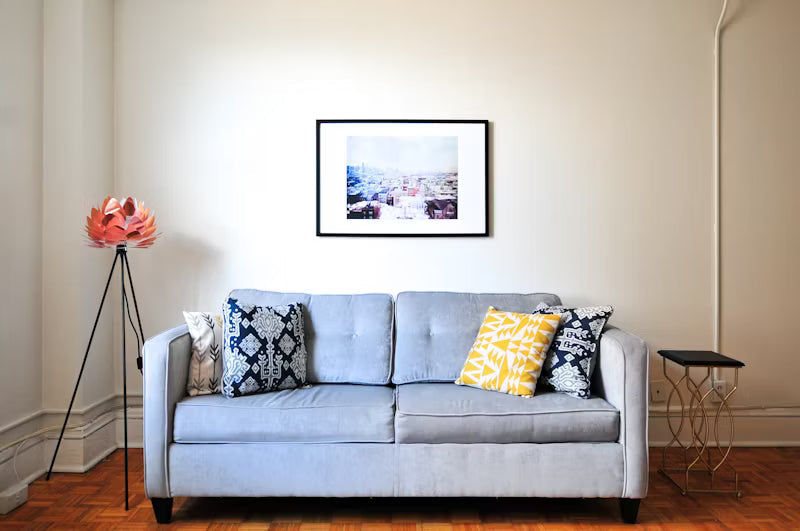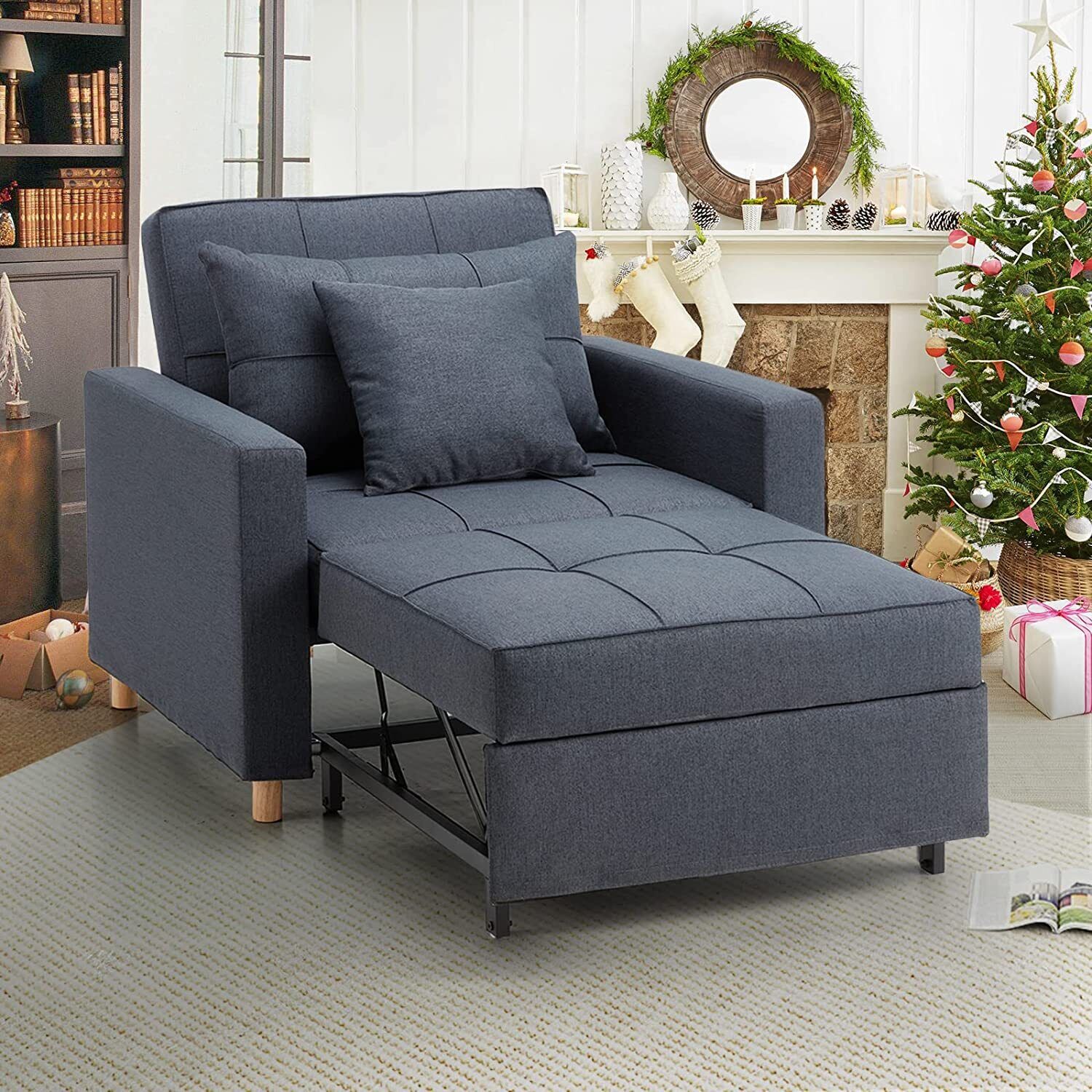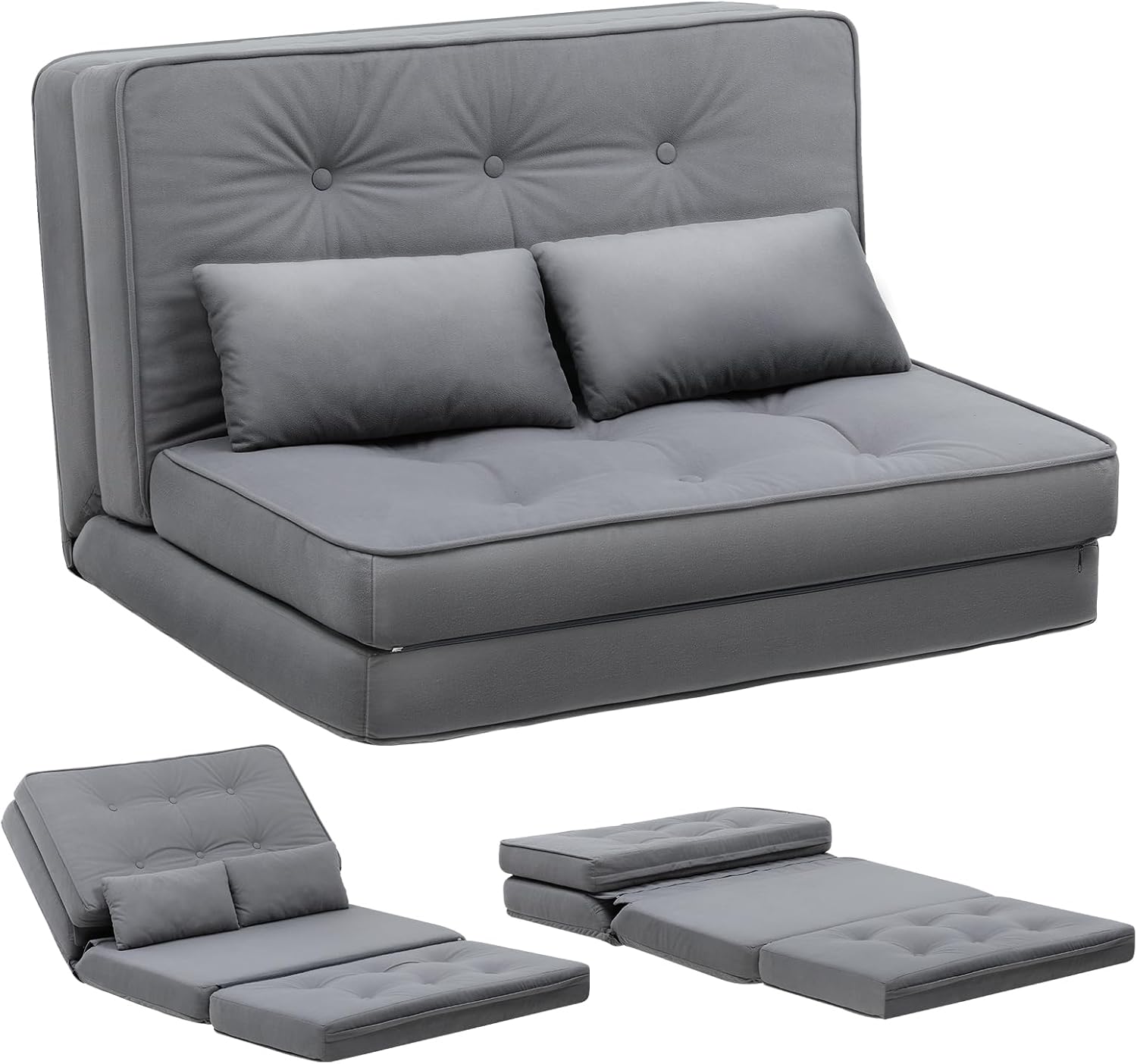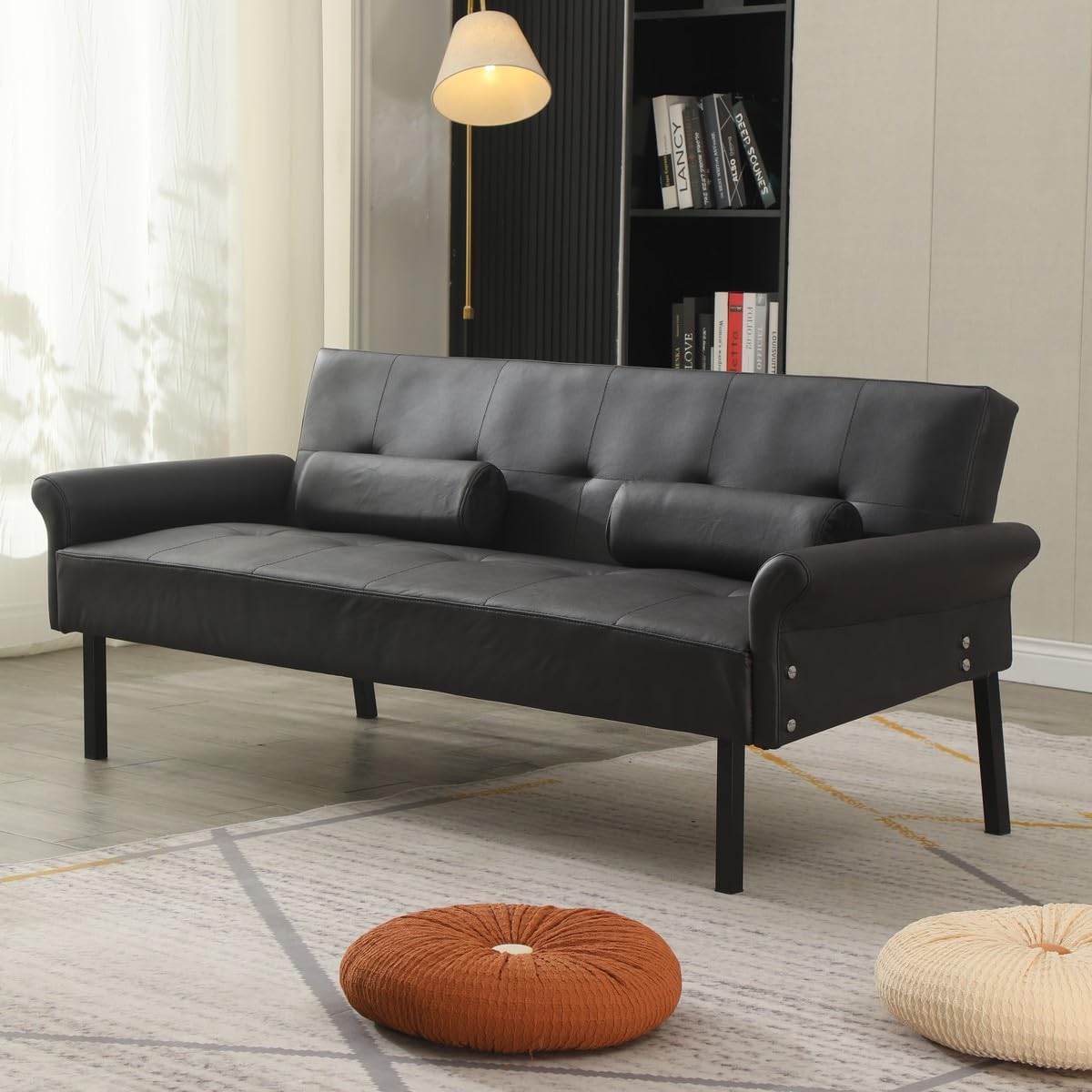Designing a home—whether it’s a compact flat, a student room, or a multipurpose guest space—often means juggling style, function, and budget. This is exactly why the single futon has become such a popular choice for modern households. It’s versatile, practical, and can transform a small area into a warm, welcoming, and multi-functional environment.
But choosing the right single futon isn’t as simple as picking out a colour or going for the cheapest deal. Many buyers realise too late that they overlooked important factors such as comfort, frame durability, room layout, or real-world usage. This blog is designed to help you avoid the most common pitfalls people encounter when purchasing a single futon, so you can bring home something that genuinely improves your living space.
Whether you’re browsing futons UK retailers, exploring small-space solutions, or trying to match a minimal interior aesthetic, the goal is to help you make an informed decision—without pushing you toward any particular product. Think of this as a guide from a knowledgeable friend rather than a sales advisor.
1. Not Understanding the Real Purpose of the Single Futon
One of the biggest mistakes buyers make is not being clear about what they want their single futon to do.
Do you need it mostly for seating? Will it be used frequently as a bed? Is it for guests, children, or everyday sleeping? Are you hoping it doubles as a reading nook or lounge spot?
A single futon can serve all these purposes, but not all models excel at all of them. For example:
-
A minimalist futon chair bed may be perfect for a teenager’s gaming corner but not ideal for daily adult use.
-
A single bed futon designed for regular sleeping needs thicker filling and sturdier support than one used for occasional guests.
-
A single futon sofa bed may offer the best flexibility, but only if it fits your available floor space and layout.
Clarifying your intention early makes the rest of the selection process much easier and ensures you don’t pick something that disappoints you a month later.
2. Forgetting to Measure the Room (Both Folded and Unfolded)
It sounds obvious, but spatial planning is often overlooked. Many people measure a futon only in its seating form and forget to check the full extended length. A single futon may appear compact and neat when folded, but once extended, it may block doors, storage areas, or walkways.
Here are key measurements to take:
-
Fully extended length and width
Ensure the single futon fits without forcing you to squeeze past furniture. -
Clearance space around it
Even a futon chair bed that opens forward needs extra room to be comfortable. -
Wall and corner placement
Is there room for pillows? Will the backrest collide with shelves?
If you’re looking specifically at futons UK designed for small apartments, always check the full dimensions twice. British homes often have smaller rooms compared to North American or Scandinavian layouts, so you want to avoid being caught off guard.
3. Prioritising Style Over Comfort
A common mistake is choosing a single bed futon purely because it looks good. The fabric, stitching, and colour may match your décor beautifully—but if you or your guests can’t sleep on it comfortably, the purchase loses its value.
When evaluating comfort, consider:
Thickness of the mattress
A thinner profile may suit occasional use, but daily sleeping requires more padding.
Type of filling
Foam, polyester, and memory-foam blends each have unique pros and cons.
Breathability
If the fabric doesn't breathe well, you may feel too warm at night.
Support type
Some single futon frames are slatted, others solid, and some allow both. Your back will feel the difference.
A visually appealing design shouldn’t come at the cost of restful sleep. Aim for the right balance: style that elevates your space and comfort that supports long-term use.
4. Ignoring the Frame Quality
Another common oversight is underestimating the importance of the futon frame. The frame dictates durability, support, and ease of use.
Wood
Heavier, sturdier, classic. Great for longevity.
Metal
Lightweight, modern, often easier to move. However, quality varies widely.
Hybrid combinations
Some single futon sofa bed designs blend both for structural stability.
Your choice will depend on whether the futon will be used daily or occasionally. A single futon with a flimsy frame can squeak, sag, and wear out faster—especially if used by adults rather than children.
5. Overlooking Maintenance Requirements
This is a big one. Buyers often forget to ask how easy (or difficult) it is to maintain their new single futon.
Consider:
Removable and washable covers
Do you have pets? Children? Drink tea or coffee in bed?
A washable cover is a life-saver.
Stain-resistant materials
Microfiber, treated cotton, and some polyesters resist spills better.
Replacement mattress availability
Can you replace the mattress without buying an entirely new futon?
A durable, low-maintenance single futon saves money in the long run and remains fresh and inviting with minimal effort.
6. Not Thinking About How the Futon Fits the Room’s Design Identity
A single futon isn’t just furniture—it becomes part of your design story.
Think about:
The room’s function
A futon in a guest room should feel cosy and welcoming.
A futon in a studio apartment may need a more modern or multifunctional style.
A futon in a reading corner should complement soft textures and warm lighting.
Colour psychology
-
Light neutrals = calm, minimal, airy
-
Dark tones = bold, modern, grounded
-
Bright colours = youthful, energetic
Texture
A textured single futon enhances a natural interior, while smooth fabrics suit contemporary spaces.
Many futons UK are designed with British interiors in mind—neutral palettes, simple lines, and compact dimensions—so choose one that enhances the mood you want to create rather than disrupts it.
7. Overlooking Long-Term Flexibility
Your home evolves, and your furniture should evolve with it. Too many buyers choose a single bed futon that works “right now” but doesn’t consider future possibilities.
Ask yourself:
-
Will I move soon?
-
Will this room become an office later?
-
Will guests use this frequently?
-
Do I foresee using this futon daily eventually?
A single futon sofa bed offers more flexibility than a static design, and a futon chair bed is ideal for future small rooms or study areas. Think long-term—it saves money and avoids unnecessary replacements.
8. Assuming All Futons Are the Same
This misconception leads to poor decisions. Not all futons are created equal—far from it. The range of futons UK retailers offer varies dramatically in terms of:
-
Material quality
-
Mattress thickness
-
Frame strength
-
Style and colour options
-
Fold mechanisms
-
Weight capacity
-
Comfort levels
A single futon designed in Japan varies greatly from a European or UK-style futon. Understanding the differences ensures you don’t accidentally buy something unsuitable for your room, your needs, or your comfort expectations.
9. Forgetting About Who Will Use It
Adults and children require different levels of support. Guests with back issues will appreciate a firmer option. Teenagers using a futon chair bed for lounging need durable fabric. Elderly visitors may prefer a model that’s slightly higher off the ground.
Build your decision around real users—not an idealised image of the room.
10. Buying Too Quickly Without Research
A futon is deceptively simple, but it has many moving parts. And with so many futons UK options available today, rushing into a purchase often leads to regret.
Before finalising your choice:
-
Read reviews
-
Compare materials
-
Check after-care options
-
Study dimensions thoroughly
-
Think about daily vs occasional use
-
Consider your room’s décor vision
Taking a little extra time ensures you avoid the most common mistakes and bring home a single futon that truly fits your lifestyle and space.
Final Thoughts
A single futon can be one of the most versatile, space-saving, and stylish additions to a modern home—but only if you choose the right one. Whether you’re comparing a single bed futon, a compact futon chair bed, or an adaptable single futon sofa bed, understanding these common mistakes will help you make a decision rooted in clarity, design sense, and practicality.
Remember: great furniture doesn’t just fill a room—it improves how you live in it.
By taking the time to consider comfort, design, dimensions, materials, and long-term flexibility, you’ll be better equipped to select a futon that genuinely elevates your home and enhances your day-to-day life.
If you’re exploring futons UK and want something that blends seamlessly into your lifestyle, use this guide as a roadmap. With the right information, your next single futon won’t just be a piece of furniture—it will be a well-considered investment in the comfort and character of your home.









